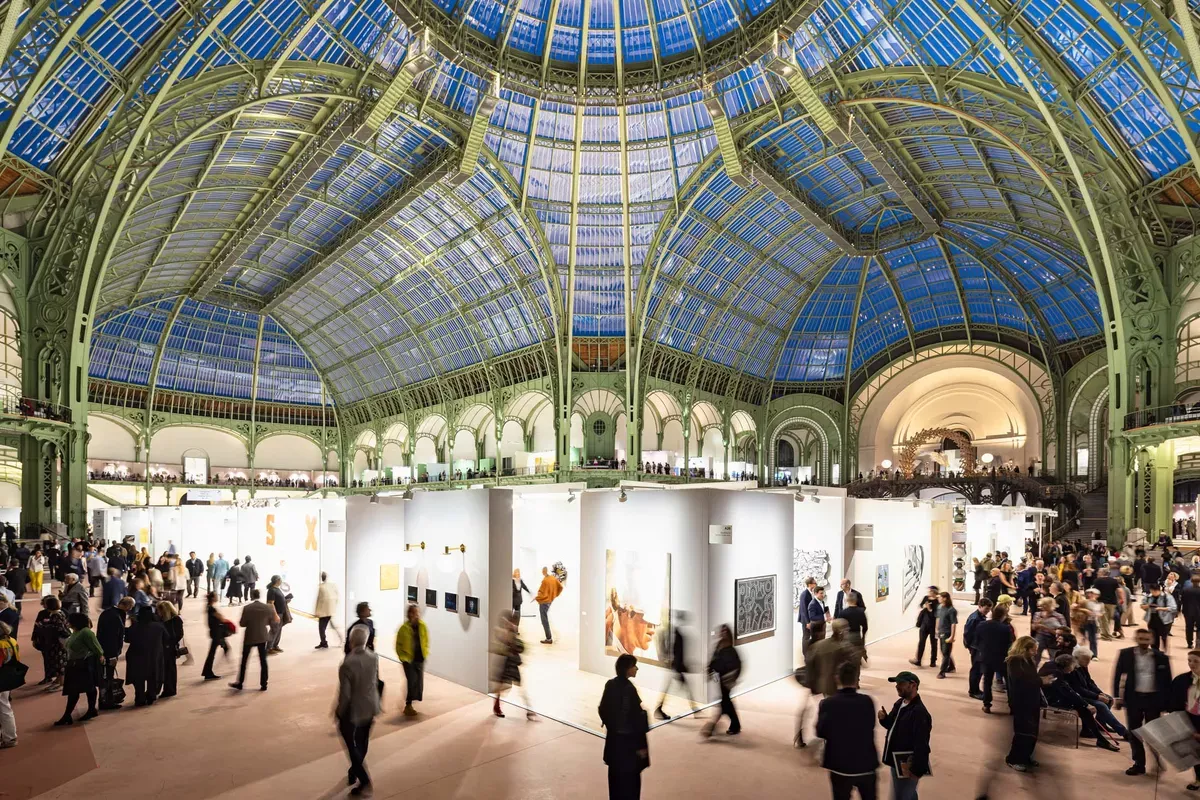Bloomberg: As art prices falter, valuation becomes a battleground
The art market is in flux, and few know that better than the valuation experts now tasked with putting hard numbers on soft assets. Winston Artory Group—a newly merged entity combining valuation heavyweight Winston Art Group with art-tech firm Artory—has become a bellwether of the market’s shifting fortunes, an analysis by Bloomberg reveals.
In one striking case, a print once appraised at $1 million was revalued down to $300,000, a 70 -per cent drop. While the result pleased the insurance company involved, it was a harsh wake-up call for the collector.
This dramatic reassessment is emblematic of broader changes across the industry. According to Winston Artory’s internal data, the market has turned "tough," in the words of Co-Executive Chair Elizabeth von Habsburg. Works that sold easily just a few years ago are now languishing, even when listed below previous estimates. Public auction results have thinned, and with most transactions happening privately, the true state of the market remains murky.
Winston Artory, which now handles around $15 billion in valuations annually, is seeing a spike in demand—especially from banks, insurers, estate lawyers, and family offices.

President Peter Loukas noted that about $5 billion of their business this year is linked to insurance valuations, while $3.5 billion comes from banks leveraging art collections as collateral. As intergenerational wealth transfers accelerate, private clients increasingly turn to firms like Winston Artory to assess the unknown value of heirloom collections.
According to the Bloomberg piece, a key driver of business has also been a wave of appraisals triggered by divorce, natural disasters, and rising awareness of underinsurance. With climate risks looming—particularly in regions like California—collectors are reevaluating what they own and whether it’s adequately protected.
“When value shifts in the market, up or down, people want to know the value of their art,” said Loukas.
Yet, determining that value is more art than science. Unlike commodities, every artwork is unique, and sales are often confidential. Public auction data, long a cornerstone of valuation, now represents only a fraction of the total picture. Habsburg emphasised that more than half of all art transactions happen privately through dealers. To stay ahead, Winston Artory compiles price lists from major art fairs and receives direct input from galleries eager to cater to their high-net-worth clientele, the article says.
While market downturns typically increase valuation activity—often for insurance, loans, or legal proceedings—analysts don’t expect demand to wane even when prices rebound.
“Death, debt, divorce, disaster—that’s never going to stop,” Habsburg quipped.
Moreover, while some sectors have slumped, others are flourishing. Interest is reemerging in once-overlooked categories such as American paintings and 18th-century sculpture, showing that collectors’ tastes continue to evolve.
In an opaque and volatile market, valuation is becoming a critical service—not just for those looking to sell, but for those seeking to hold on.
By Sabina Mammadli








